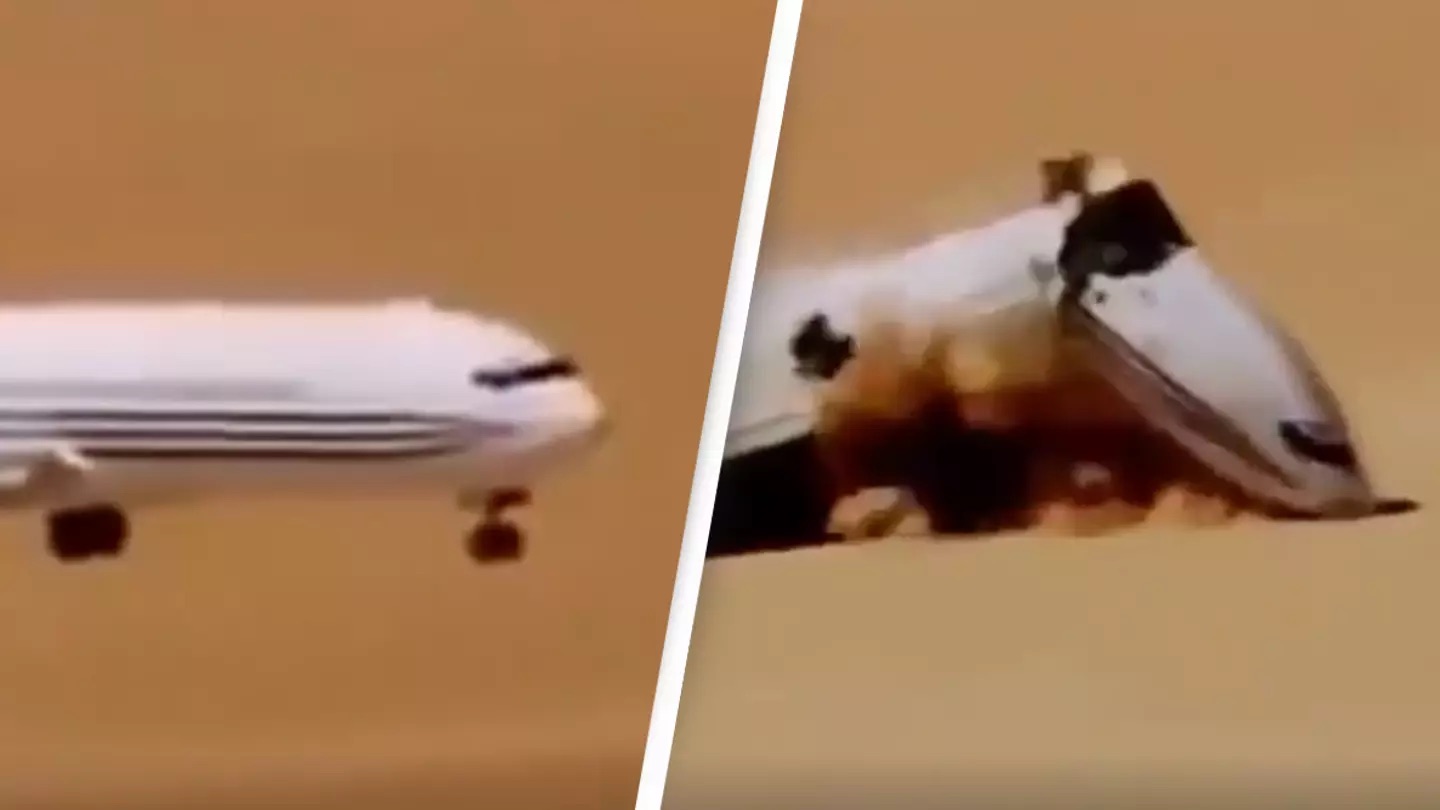Deliberately crashing a plane might seem like an extreme idea, but scientists once carried out such an experiment to determine which seats offer the best chance of survival in the event of a commercial plane crash. In 2012, researchers crashed a plane in the Mexican desert to identify the safest places to sit during a crash.
Instead of real passengers, the plane was filled with crash test dummies, cameras, and sensors to gather data. After obtaining the necessary permissions, the test took place on April 27, 2012. Initially, a crew of six piloted the plane before handing over control to a remote operator in another aircraft trailing behind. The crew parachuted to safety just three minutes before the crash.

The crash resulted in the plane breaking into several pieces, and the results showed that certain seats were much more dangerous than others. For instance, Seat 7A was thrown 150 meters from the wreckage, which would likely have been fatal. Ultimately, experts concluded that the safest seats are located near the wings.
Seats at the back of the plane also proved to be safer, as this section is structurally stronger. The experiment suggested that passengers in the rear could potentially walk away from the wreckage unscathed, but this depends on the crash dynamics—in this case, the front of the plane hit the ground first.
The 2012 test faced several logistical challenges. Originally planned for the U.S., it had to be moved to Mexico when permissions couldn’t be secured in the U.S.
